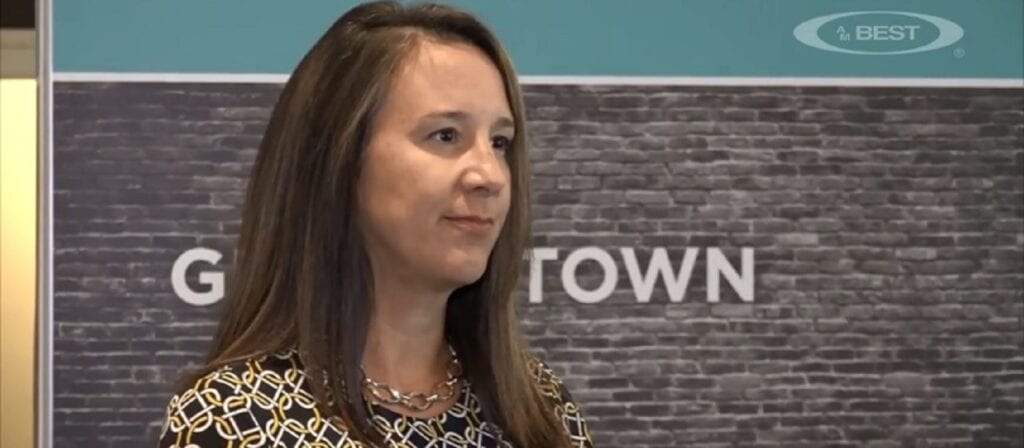In 2018, A.M. Best-rated U.S. property/casualty mutuals experienced a modest deterioration in underwriting results in 2017 owing largely to catastrophic events; however, these mutual insurers still posted growth in surplus and net premiums written. This is according to the Best’s Market Segment Report, “U.S. P/C Mutual Insurers: Moderate Surplus Growth Despite Elevated Losses” which was published this week by ICMIF Supporting Member A.M. Best.
The report states that surplus growth, an important performance metric for mutual companies, rose by nearly 6.0% during 2017, driven predominantly by USD 21 billion in unrealized capital gains, a 180% year-over-year increase. Many rated mutuals reduced their net deferred tax assets following adoption of U.S. tax reform, which subsequently lowered surplus levels by an aggregate USD 9.5 billion. However, the change in unrealized gains, supplemented further by net income of USD 6.3 billion, more than offset the surplus hit.
Net premiums written, which have grown every year since 2010, grew at a moderate pace of 4.4% in 2017. The premium increase is attributable to several lines of business for rated mutuals in 2017, particularly private passenger automobile liability, automobile physical damage and commercial automobile liability, due mostly to aggressive rate actions industrywide to remedy the surge in automobile claims frequency. Severity is also a concern: Loss settlement costs have risen, given that new vehicles are extremely complex and costly to maintain and repair.
Overall, the rated property/casualty mutuals recorded a combined ratio of 106.6% in 2017, a 3.3-point deterioration from 2016, mainly due to an uptick in the pure loss ratio from hurricane and wildfire events. An elevated underwriting expense ratio continues to compress underwriting measures, although it declined slightly in 2017. Relatively high commission expenses still heavily influence the expense ratio, as is typical for companies such as mutuals that use independent agents.
Analysis of these A.M. Best-rated mutuals under its revised Best’s Credit Rating Methodology indicates that the companies have robust balance sheets, adequate operating performance, limited business profiles and appropriate enterprise risk management structures. This generalized assessment of trends appears reasonable and in line with expectations based on most mutual companies’ operating philosophies to focus on the long-term financial position of the company to benefit the policyholder, as opposed to seeking maximized returns.
Competition remains heightened in this sector amid an insurance industry transformation due to technological advances and economic and demographic changes. Many larger carriers have addressed these market shifts by embracing innovation, but A.M. Best believes some smaller mutuals lag in this area, and that they may to invest or secure a partner to keep up with changes. At the same time, although insurtech start-ups have considerable technological expertise, they lack the long-standing experience, market knowledge and relationships of mutuals. Nevertheless, despite the starkly different business models, insurtechs and mutuals are in competition for the same potential business, and for this reason, adapting to the changing landscape could prove beneficial.
To access the full copy of this special report, please visit http://www3.ambest.com/bestweek/purchase.asp?record_code=278170






